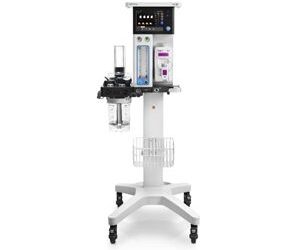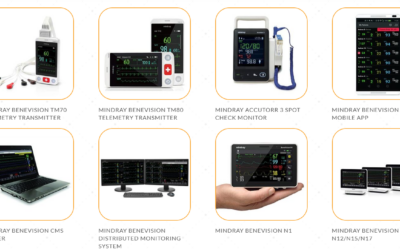Ultrasound, often associated with prenatal screenings and images of babies in the womb, offers much more than just prenatal glimpses. It’s a versatile diagnostic tool used across numerous medical specialties, from neonatology to hepatology. But what exactly is ultrasound, and how does it work?
What is Ultrasound?
Ultrasound, also known as sonography, is a diagnostic imaging technique that uses high-frequency sound waves to create images of the inside of the body. Unlike X-rays, which use radiation, ultrasound uses sound waves that bounce off tissues, organs, and fluids, producing echoes. These echoes are then converted into real-time images displayed on a monitor.
Benefits of Ultrasound
- Non-Invasive & Safe: Ultrasound does not require any incisions, and it uses sound waves rather than radiation, making it a safer option compared to some other imaging techniques.
- Real-time Imaging: Ultrasound provides real-time images, allowing physicians to monitor the inside of the body in motion.
- Cost-effective: Generally, ultrasound procedures are less expensive than other imaging modalities.
- Versatility: It can be used to image various parts of the body, from fetuses to internal organs and blood vessels.
Applications of Ultrasound
- Women’s Ultrasound: Often the most recognized form of ultrasound, it’s utilized during pregnancy to monitor the development of the fetus, determine due dates, and check the overall health of the baby and mother. Ultrasound is also used in gynecology to examine the uterus, ovaries, and other structures within the female reproductive system.
- Neonatal Ultrasound: This is used for newborns, especially premature infants. Doctors can view the baby’s brain and hips, checking for developmental conditions or abnormalities.
- Liver Ultrasound: Ultrasound can visualize the liver, identifying issues like fatty liver disease, tumors, or other abnormalities. It’s a primary tool for assessing liver health.
- General Ultrasound: Beyond the applications mentioned above, ultrasound is versatile. It can image the heart, blood vessels, kidneys, gallbladder, spleen, pancreas, and more.
FAQ Section
Q: Is ultrasound safe? A: Yes, ultrasound is considered safe as it does not use ionizing radiation. It relies on sound waves to create images.
Q: Can ultrasound detect all types of internal issues? A: While ultrasound is a powerful tool, it may not be suitable for detecting all internal issues. Some conditions or areas of the body might be better visualized with other imaging modalities like MRI or CT scans.
Q: How long does an ultrasound procedure take? A: Generally, most ultrasound exams will be completed in 30 minutes to an hour.
Q: Is a special preparation required before an ultrasound? A: It depends on the type of ultrasound. For some exams, you might need to fast, while others may require a full bladder. Your healthcare provider will give you specific instructions based on your examination type.
Conclusion
Ultrasound remains a cornerstone in the realm of diagnostic imaging. Its versatility, safety, and cost-effectiveness make it an invaluable tool in various medical specialties. Whether it’s the joy of seeing a baby’s first images or diagnosing and managing liver conditions, ultrasound continues to shape the landscape of modern medicine.














